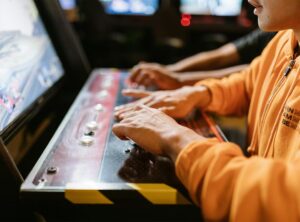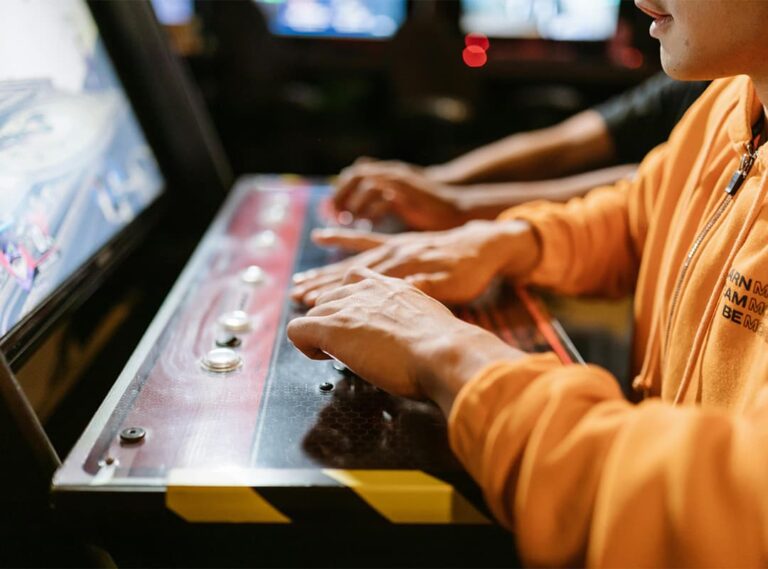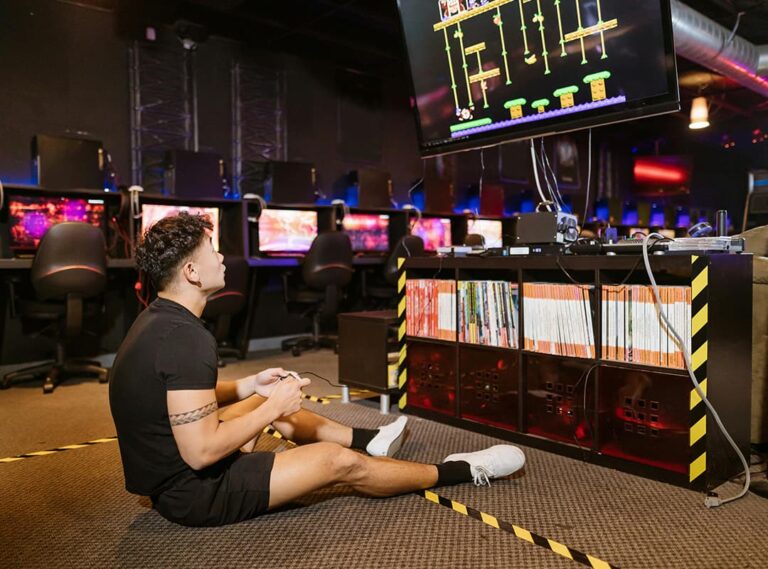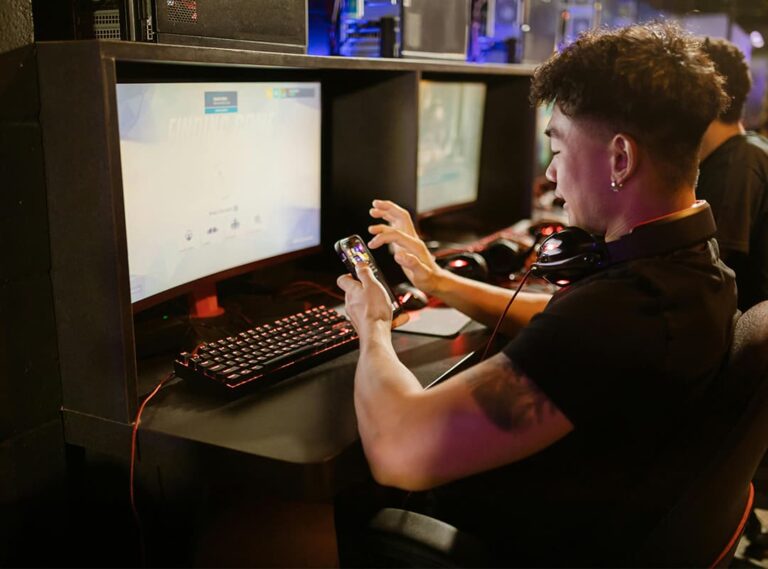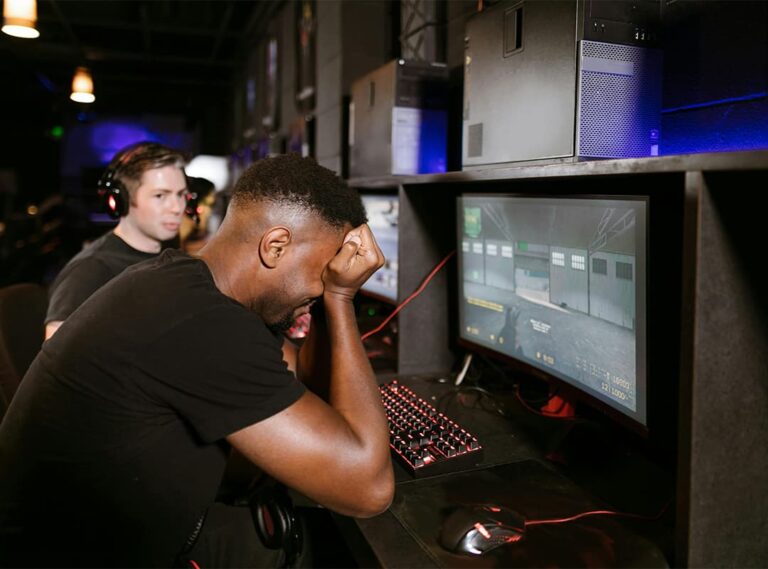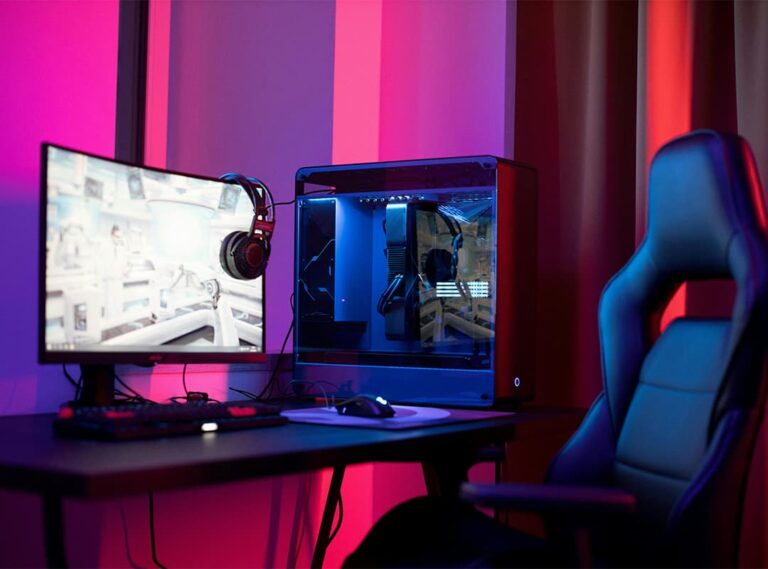Mini-games are not GameFi
Recently, mini-games such as Not and Hamster on Telegram have become extremely popular. Through simple on-screen interactions, players can earn tokens. This simplicity has led to a viral growth of the community, reaching millions of users in a short period. Since its launch in January 2024, Not has attracted over 30 million members, with daily active users reaching 5 million. In line with this, Notcoin successfully conducted an ICO on several exchanges, including Binance, with a price increase of over 400% within a week.
However, these games are built on Telegram and can only be classified as mini-games. They do not have a comprehensive financial system and have shortcomings in terms of IP and playability. Their popularity is largely supported by the concept of “fair play”. Unlike similar WeChat mini-games, Telegram mini-games are not limited by platform restrictions, and their advantages can be seen as an extension from Web2 to Web3.
Rethinking GameFi
Diverse forms of gaming, but the market is like the blue sea
2023 and 2024 have been a period of rapid development for the GameFi sector, with game types now spanning farming/mining games, card games, motion games for earning money, MMORPGs, metaverse games, and automated battles.
On DappRadar, the most popular GameFi game in terms of active users (UAW) is Matr1x, an MMORPG. It had 1.92 million active users in the last 30 days, but its market cap is only $49 million. Currently, the market focus is mainly on fundamental areas such as Layer1 and Layer2, while GameFi is leaning towards technology integration. With the gaps in the fundamental areas, there remains the possibility of a secondary explosion in GameFi.
Full-chain games
Full-chain games work with all game logic, data, and assets running and stored on the blockchain. In the GameFi 1.0 and 2.0 era, most games only had their assets or some logic on the network. Full-chain games emphasize full decentralization and transparency, effectively avoiding problems such as game cheats. Autonomous Worlds can be seen as the main example of full-chain games, where the entire virtual world is built on blockchain technology, making rules and operations auditable. The future goal of GameFi is undoubtedly the full chain of games.
GameFi+
In the current market, individual GameFi projects are trying to gain popularity, and integration with artificial intelligence, IoT, and other technologies can be a breakthrough. A series of GameFi+AI projects, such as Colony, Nimnetwork, Futureverse, Palio, and Ultiverse, are achieving significant success. For example, Palio has raised $15 million in investment from Binance Labs to develop and integrate artificial intelligence technology, which underscores the strong interest and approval from large venture capitalists for GameFi+AI projects. In addition, the combination of GameFi with IoT, cloud computing, and other hot technologies is another way forward.
From a technical, IP and game perspective
The Pokémon-inspired game Axie Infinity and the migration of The Sandbox blockchain from Sand and Sand Evolution show the great development potential of traditional IP on the blockchain. Despite the significant economic bubbles, Axie Infinity and The Sandbox still have market values of $800 million and $700 million, respectively, which shows their ability to attract real users. In addition, several gambling companies are planning to implement blockchain technology in classic games:
- Atari has partnered with The Sandbox to bring classic games such as Centipede and Pong to the metaverse platform. Players can use SAND tokens in The Sandbox to participate and create experiences based on these classic games;
- Square Enix has announced plans to integrate its well-known game IPs, Final Fantasy and Dragon Quest, into the platform’s blockchain;
- Capcom announced its intention to explore the possibility of integrating its well-known games, such as Street Fighter and Resident Evil, into the blockchain gaming space;
- In the traditional gambling industry, the emergence of MOBA games such as League of Legends and Honor of Kings often signals the peak of a game’s development. In the GameFi sector, the current breakthrough method is to create a highly playable game with a full-fledged financial system. Being the first to integrate outstanding gaming IPs is an opportunity to gain a competitive advantage.
